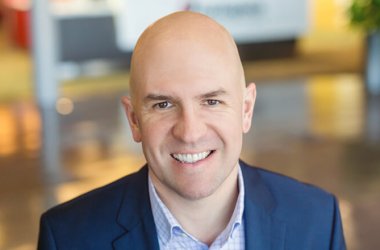 While firms are up on their toes in their respective bids to take their companies to the cloud–touted to be the future of computing–a visiting MIT (Massachusetts Institute of Technology) professor suggested recently a complementary technology that will harness new silos of computing power, by way of the crowd.
While firms are up on their toes in their respective bids to take their companies to the cloud–touted to be the future of computing–a visiting MIT (Massachusetts Institute of Technology) professor suggested recently a complementary technology that will harness new silos of computing power, by way of the crowd.
Called “crowd computing,” this relatively new approach to computing is described as billions of human beings connected to the Internet that analyse, synthesise, inform, perceive, and provide opinion of data using only the power of the human brain.
If it is not patently obvious, such a mechanism is currently in place in the prime examples of social media and Wikis, both of which have grown in popularity in recent years.
Explained Srini Devadas, professor of electrical engineering and computer science at the MIT Computer Science and Artificial Intelligence Laboratory, “Crowd computing will complement the cloud as one of two burgeoning infrastructures that will enable the world to become more ‘collectively intelligent’.”
Such a feat is essential in mitigating various human concerns, such as in predicting and mitigating the effects of natural disasters, among many others. “It helps if we can have a competent, orchestrated response to these disasters,” he emphasised.
In the case of earthquakes, for example, a concerned individual can tap on various data available through the cloud in order to predict the impacts of ground movement, and draft strategies for evacuation and relief operations by using the wisdom of the crowd.
Such an initiative has been employed by citizens during the onslaught of typhoon Ondoy (international name: Ketsana) to effectively direct disaster management efforts to places they are needed the most.
But the system is far from being perfect. In the case of crowd computing, Devadas said that there needs to be a significant improvement in the way current technology systems moderate opinion, resolve conflicts, and check facts.
With cloud computing, on the other hand, the MIT professor urged providers to maintain the security and privacy of their offerings. “The challenge also lies in determining how to write parallel applications in order to access billions of processors to give quick answers to queries,” he pointed out.
While Devadas stressed that these challenges need to be addressed in the next ten years to make the technology viable, he predicted that it’s possible the solutions for these issues will become available by 2020.
With this concerted push towards collective intelligence, Devadas noted that humans are not going to be eventually replaced by machines–as many would-be doomsayers would prefer to believe–but would instead create “a symbiotic relationship between software and humans.”
Devadas was in the UK to deliver a lecture before employees of global processing firm Accenture (ACN), IT professionals, and students, as part of the BPO company’s Accenture Solutions Delivery Academy (ASDA) program, a training module for their employees crafted in partnership with the prime technology education institution.
The training and certification program, launched in 2006, is afforded to new recruits, preferably during the first five years on the job, in order to encapsulate and prove the Accenture experience to the employees, and to ensure that professionals are competent enough to handle tasks in their respective fields.





